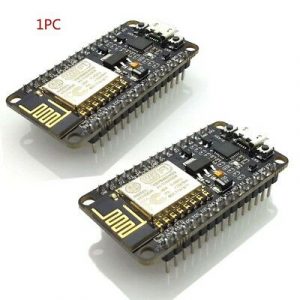As part of the effort to explore NVidia Jetson Nano, and part of its AI Specialist course (after finishing Fundamentals of AI in Nvidia Deep Learning Institute), I started buliding a JetBot.
JetBots are well documented and relatively easy to build provdied you have the right parts. There is also a bill of materials to make purchasing simpler.




The chassis was 3D printed according to the full DIY instructions (did not use a kit).
The camera used in this picture is actually from a Rasp Pi infrared camera I bought years ago. Turns out I could remove the lens and apply to another camera I bought for this project (IMX290-160FOV). It turns out that the 70 degree FOV on the lens was really just not wide enough to see what is going on. The 160-degree FOV was perfect and seems to help the bot see around itself.
| This post is part of a series on learning about Internet of Things. These posts are mainly a learning tool for me – taking notes, jotting down ideas, and tracking progress. This means they might be unrelated to radiology or healthcare. They also might contain works-in-progress or inaccuracies. |

